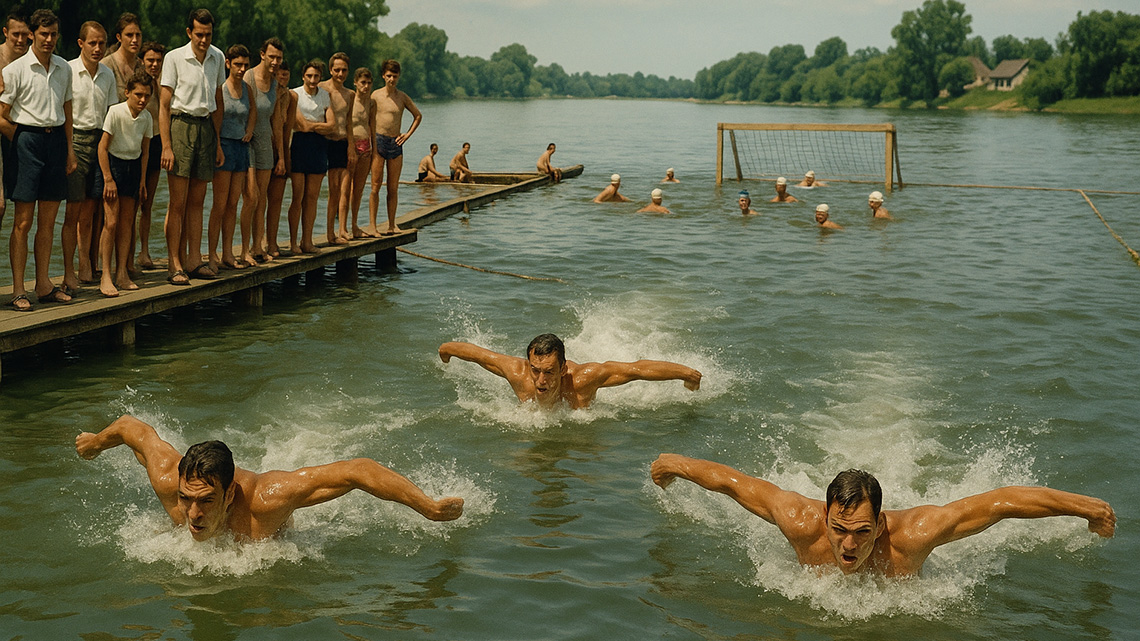Swimming and water polo as organized sports were actively nurtured in Novi Bečej from 1934 to 1972. Their greatest success and popularity were achieved between 1950 and 1960. Participants and fans of that era later recalled:
In the 'Swimming and Water Polo in Novi Bečej,' we explore the rich tradition and development of these sports in our town. Discover key moments, significant personalities, and the achievements of local teams, as well as the historical context that has shaped the swimming and water polo communities.
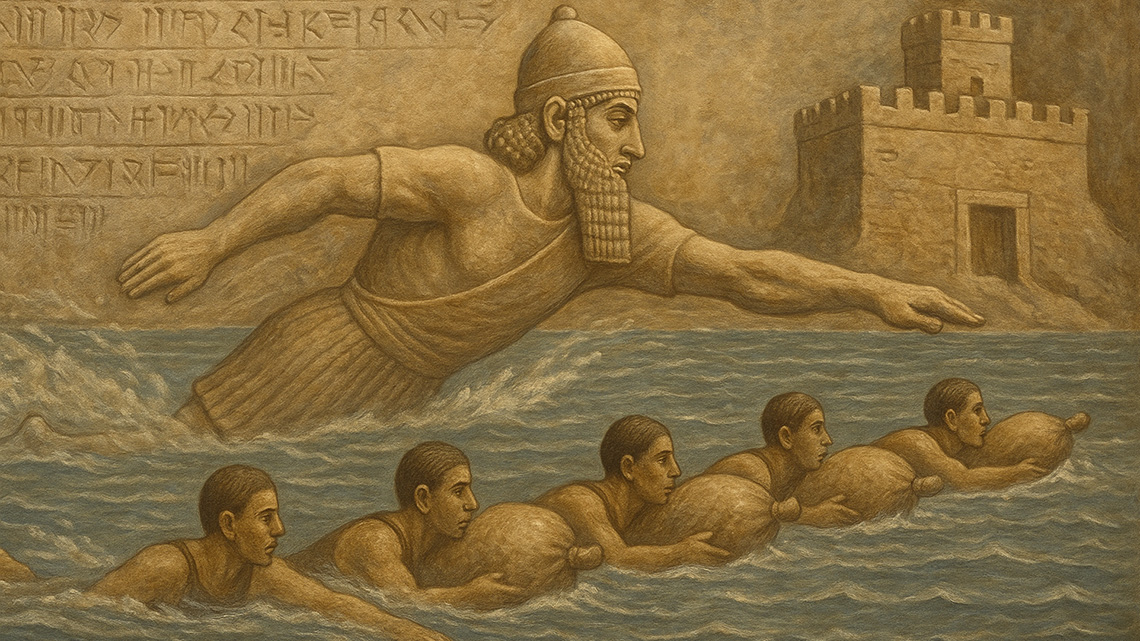
Swimming is a natural human movement in water, aimed at staying afloat, navigating through aquatic space, and ultimately ensuring survival in nature. This ability has been known to humans for thousands of years—long before swimming became a recognized sport. Numerous material artifacts, such as Egyptian hieroglyphs and Assyrian bas-reliefs, bear witness to its ancient origins.
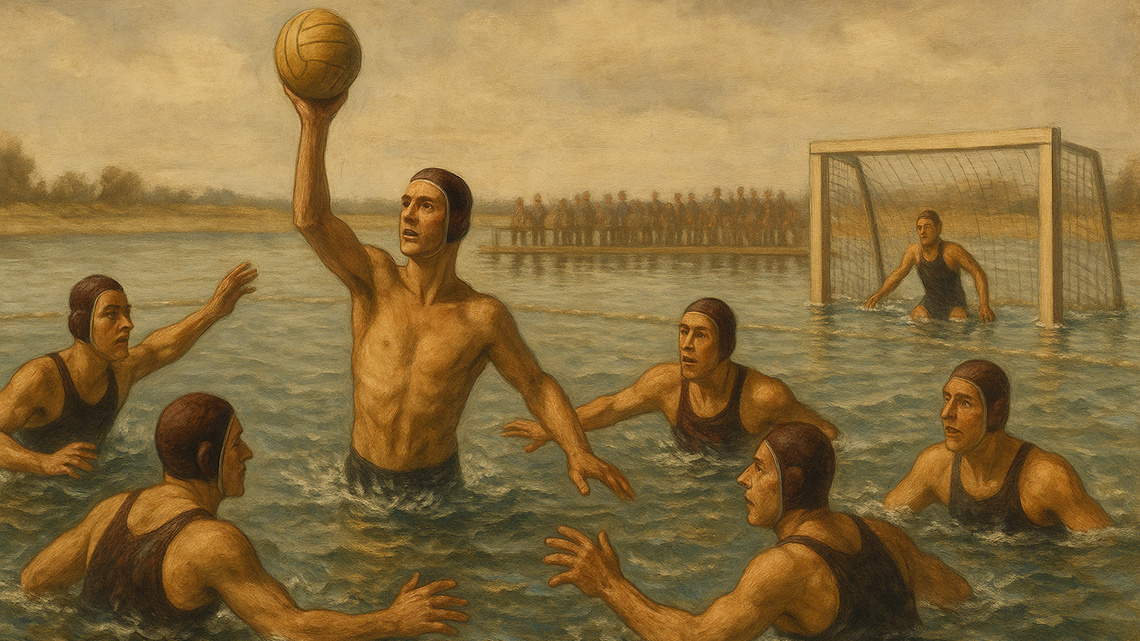
Those who were involved in organizing swimming competitions quickly noticed that such events were rather monotonous and failed to generate much excitement. They lacked attractiveness and didn’t draw large audiences. To solve this problem, they decided to create a game played in water. Since football was already an established sport at the time, they came up with the idea of "football on water." This first took place in London in 1869.
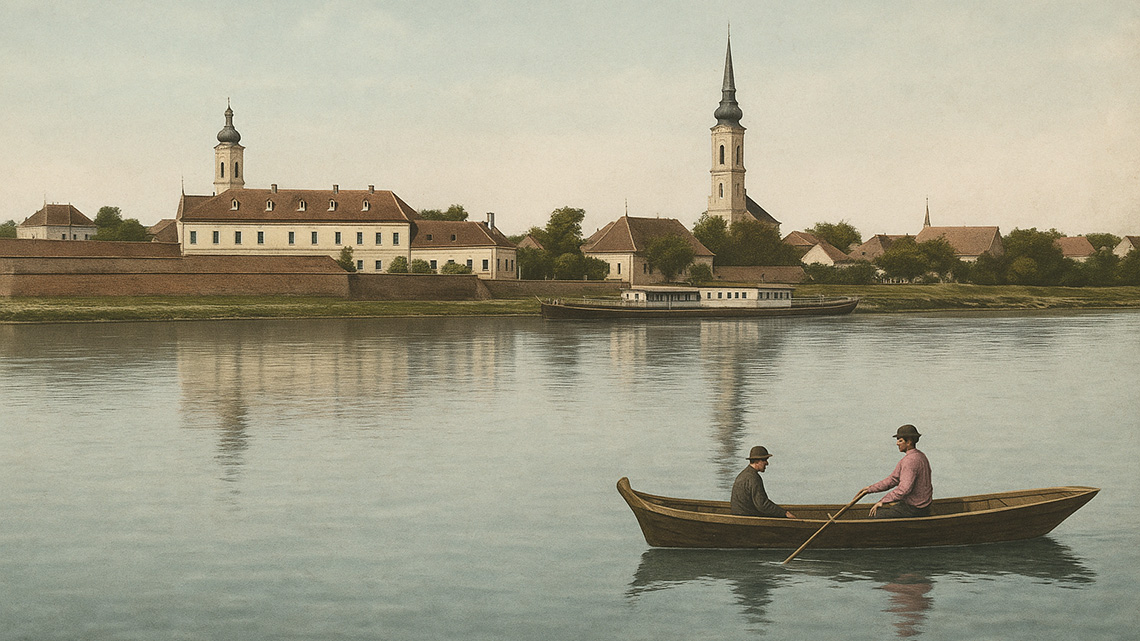
It is well known that sports began and continue to develop in socially and technologically advanced communities. For that reason, Novi Bečej must also be considered from this perspective.
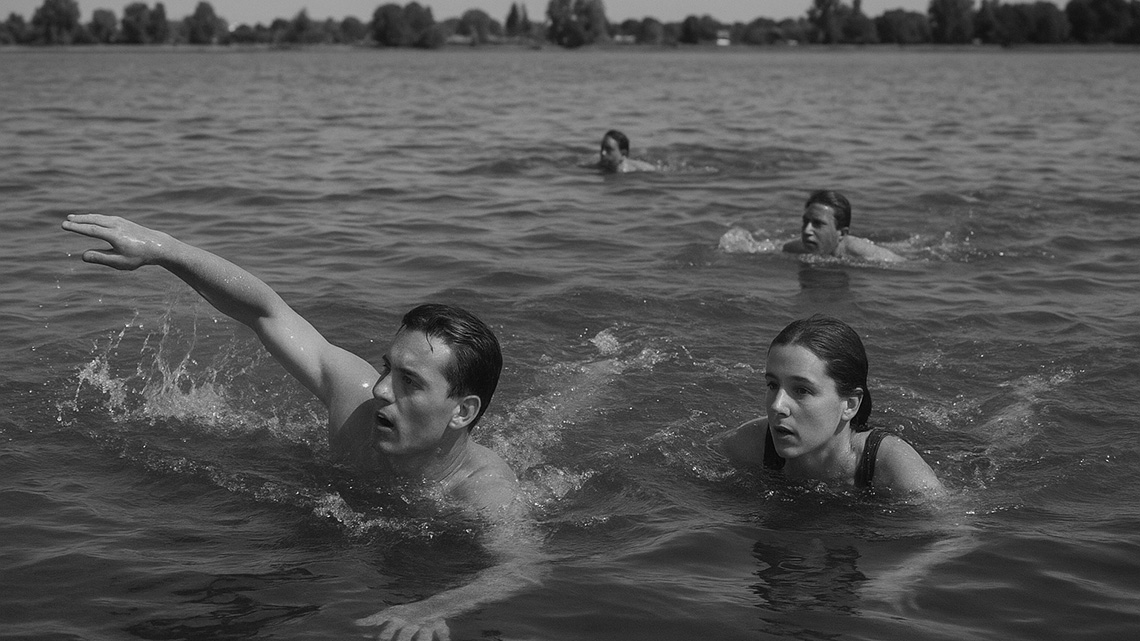
In Novi Bečej, before World War II, four swimming styles were practiced: men’s, women’s, backstroke, and dog paddle.
Men’s swimming was characterized by arm strokes with the arms lifted above the water, scissors-like leg movements, and the head always kept above the surface.

The Open Championship of Novi Bečej in swimming and water polo for 1935 was won by the team “Vojvodina,” which received the silver trophy donated by the club president, Zigler Maks. Second place went to “SAK,” which was awarded the trophy of the “Jedinstvo” club. With this victory, the swimmers and water polo players of “Vojvodina” once again confirmed their dominance in the Danube Banovina.

The ambitious and persistent club "Bakar" expanded its activities even outside the competitive season. On February 22, 1941, it organized the "Miss Sport" contest of Novi Bečej. For this occasion, a magnificent ball was held in the "Sokol" hall, featuring a rich cultural and entertainment program.
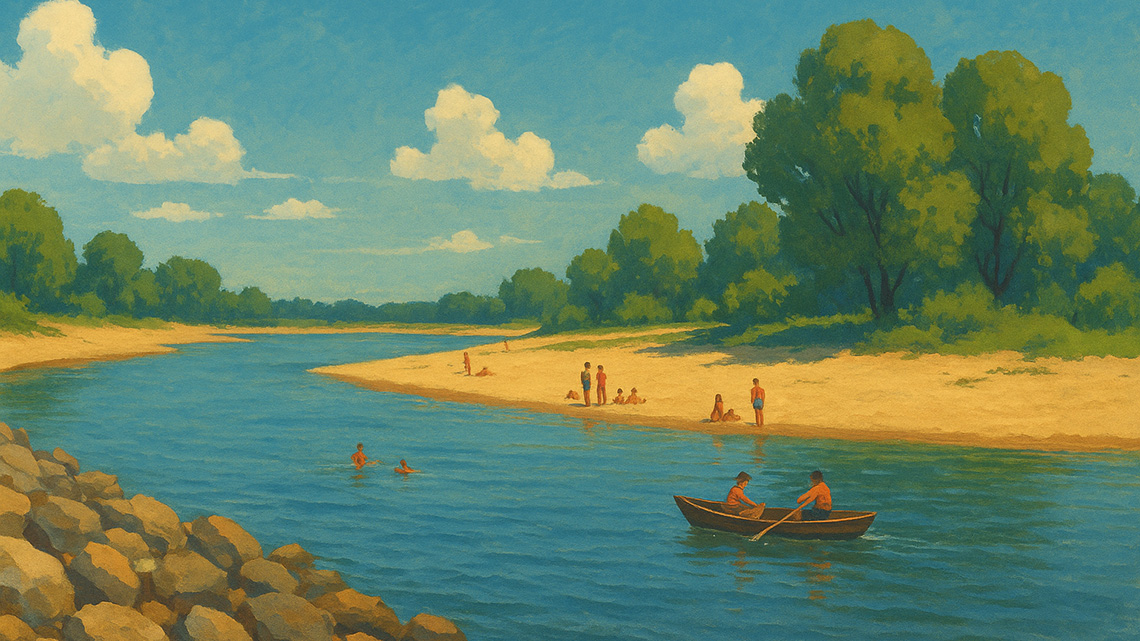
During the summer, when the Tisa River level dropped, a sandbank would appear across from the stone beach, stretching far into the river’s current. This was the favorite beach of Novi Bečej’s residents, popularly known as “Preko” (“Across”). People loved to swim there, but crossing the Tisa was not easy.

After the capitulation of the Kingdom of Yugoslavia, the country was occupied by the Third Reich and divided according to the occupiers’ interests. Banat, inhabited by a large number of ethnic Germans, received a special status as a protectorate of the Third Reich. Under this protection, life was somewhat calmer and freer than in other parts of the occupied country.
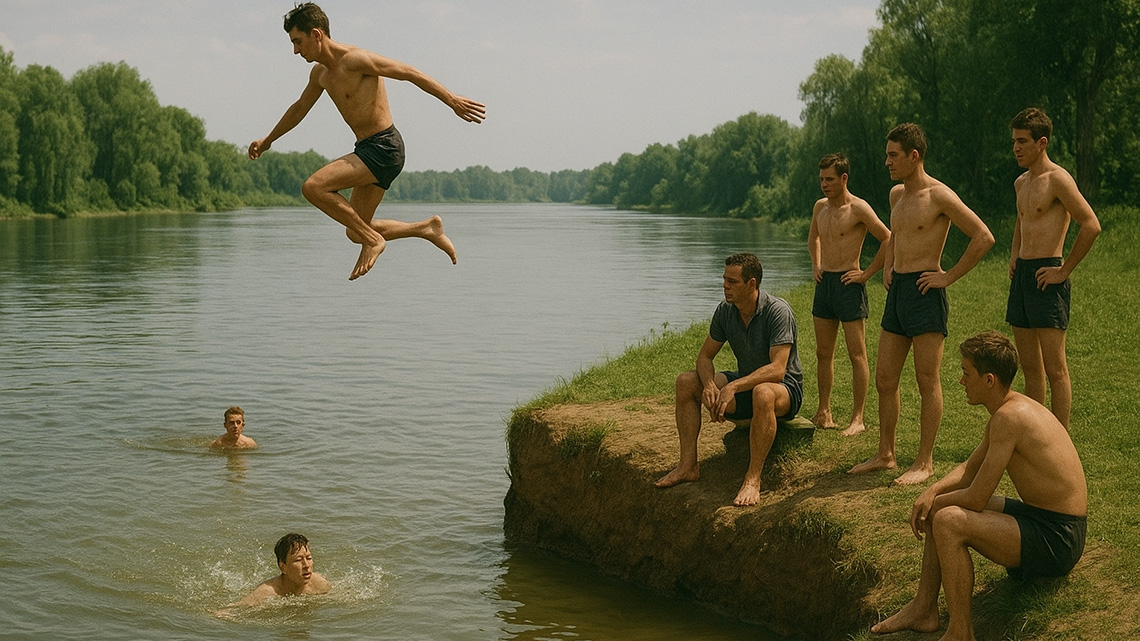
During the occupation, children and young people in Novi Bečej spent most of their summer engaged in swimming, as this sport required no special conditions, equipment, or facilities. Water polo was played only as a casual water game, provided there was a ball available — there were no real conditions for anything more serious.
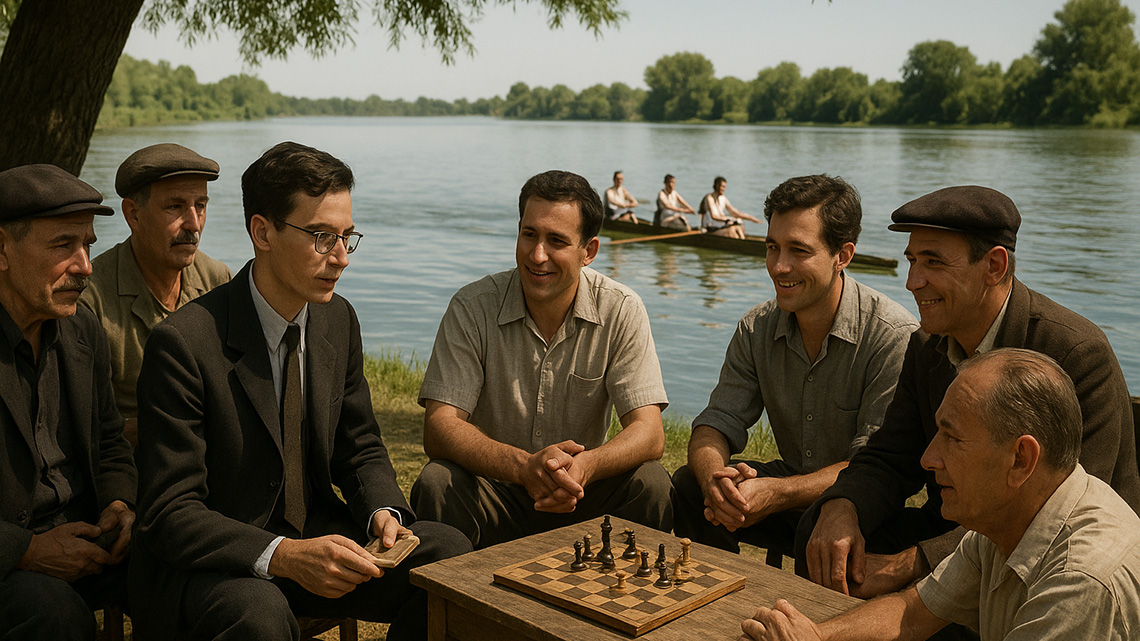
Rowing, once a popular and beloved skill before the war, was not practiced during the occupation, as the occupiers forbade citizens from owning boats on the Tisa River. Only professional fishermen — and there were very few of them — were allowed to keep and use boats.

Since Novi Bečej did not have water polo players who could compete on equal terms with those from Belgrade, the organizers wisely decided to hold the contest between two mixed teams. Thus, the “White” and “Colorful” teams were formed.



